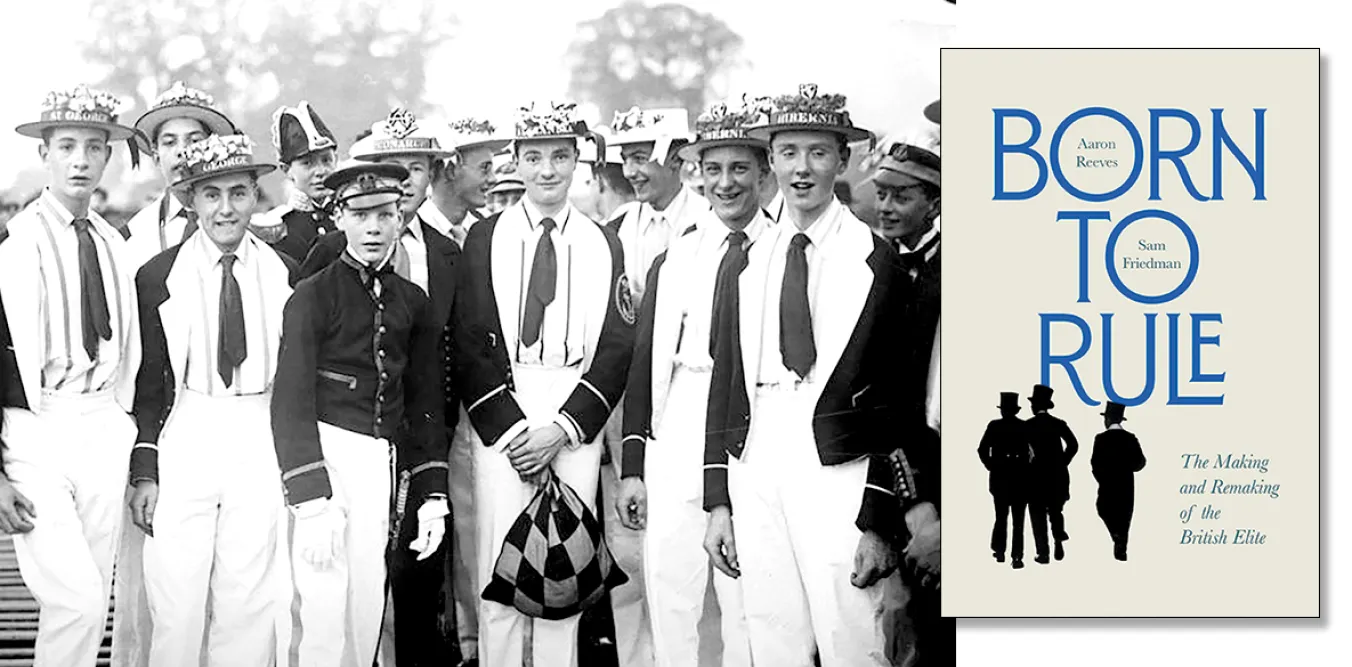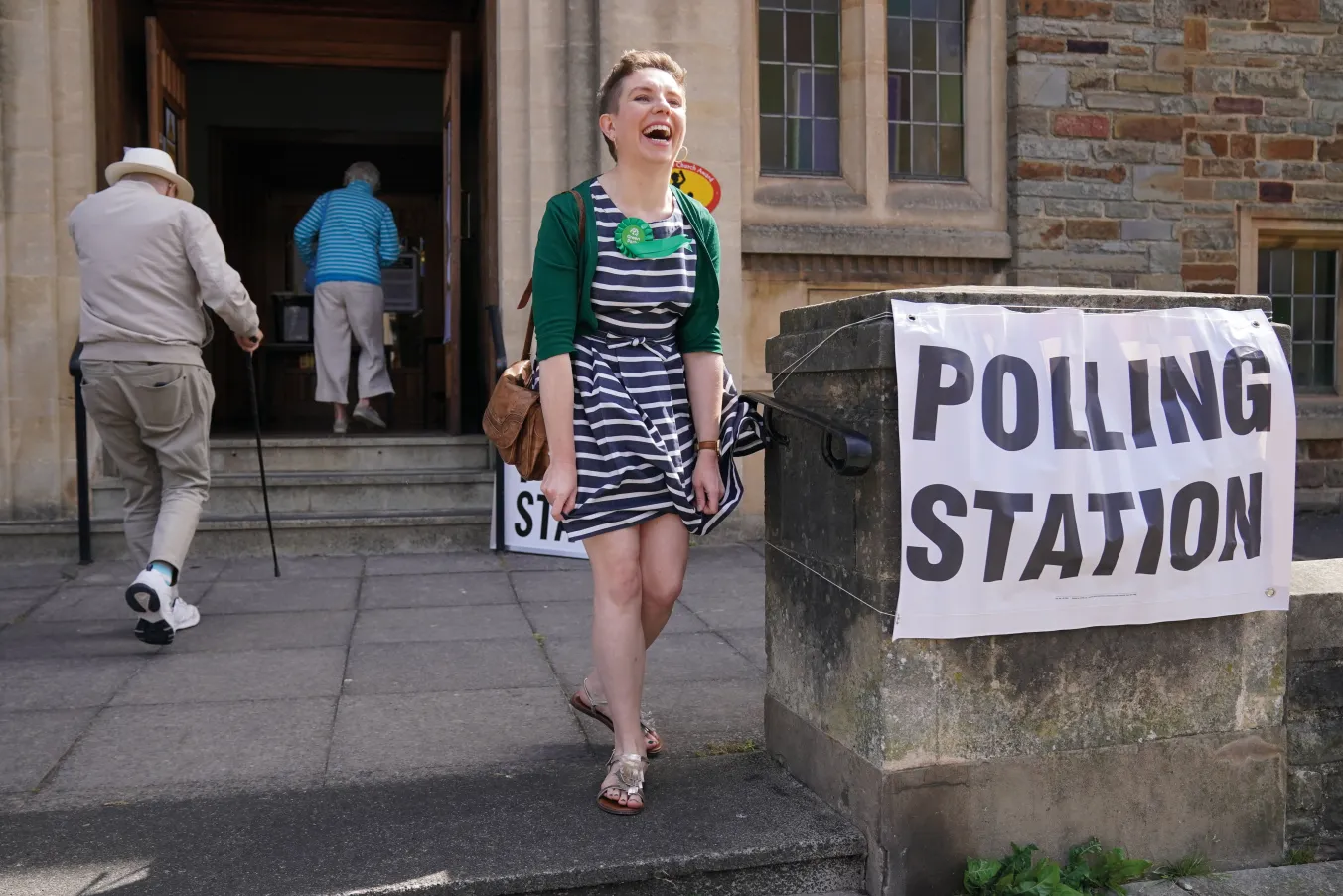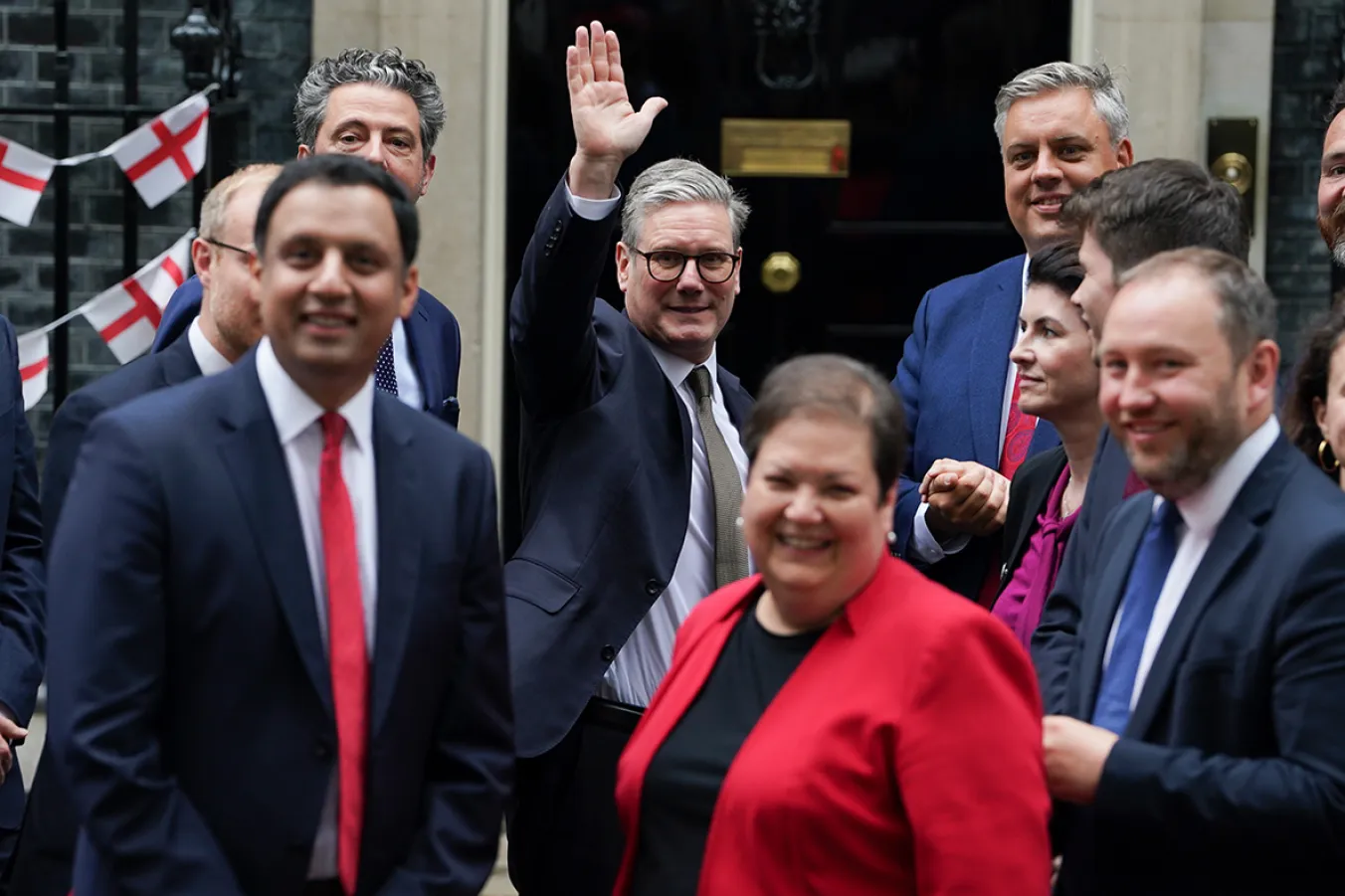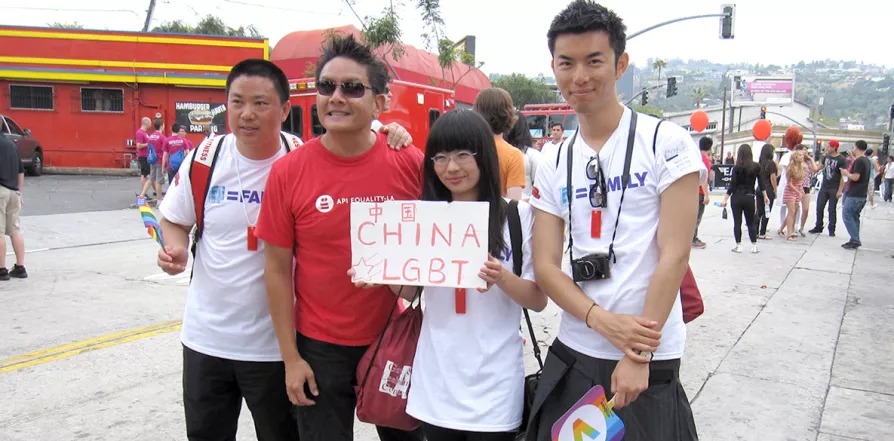
Taken as red: how the election was won and lost
Anushka Asthana, HarperCollins, £22
THIS is a very well-written and pacey account of the run-up to the 2024 general election. The author, the deputy political editor at ITV News, shows how Keir Starmer and his supporters turned Labour into a party that could win an election. She also shows how the Conservatives — Johnson, Truss and Sunak — threw away the 80-seat majority won in the 2019 “Get Brexit Done” election. She then examines the two parties’ election preparations and campaigns.
There was a huge loss of belief in the Tories’ competence, after decades of austerity, of Johnson’s bragging, Truss’s mini-budget, and Sunak’s austerity. There was also a huge loss of trust because of Partygate. By late 2023, an Ipsos survey found that only 9 per cent of people trusted politicians to tell the truth, the lowest figure in the 40 years that this question has been asked.
As Ms Asthana points out, voters’ primary — and legitimate — concerns included both illegal and legal migration. The Conservative governments claimed they would address this matter, but they failed to reduce the numbers of either mode of immigration. Sunak promised to “stop the boats” in a speech asking people to “judge us on the efforts we put in and the results we achieve.” He failed. Johnson’s points-based system resulted in immigration numbers soaring.
The election’s 60 per cent turnout was the second lowest in any UK election since 1885. 40 per cent did not believe in social democracy. Only the 2001 election had a lower turnout. The two main parties got their lowest ever share of the votes.










 Latest editorial
Latest editorial







